52 ideas that changed the world - 39. Selective breeding
Domesticating animals and creating plants and crops allowed agriculture to flourish
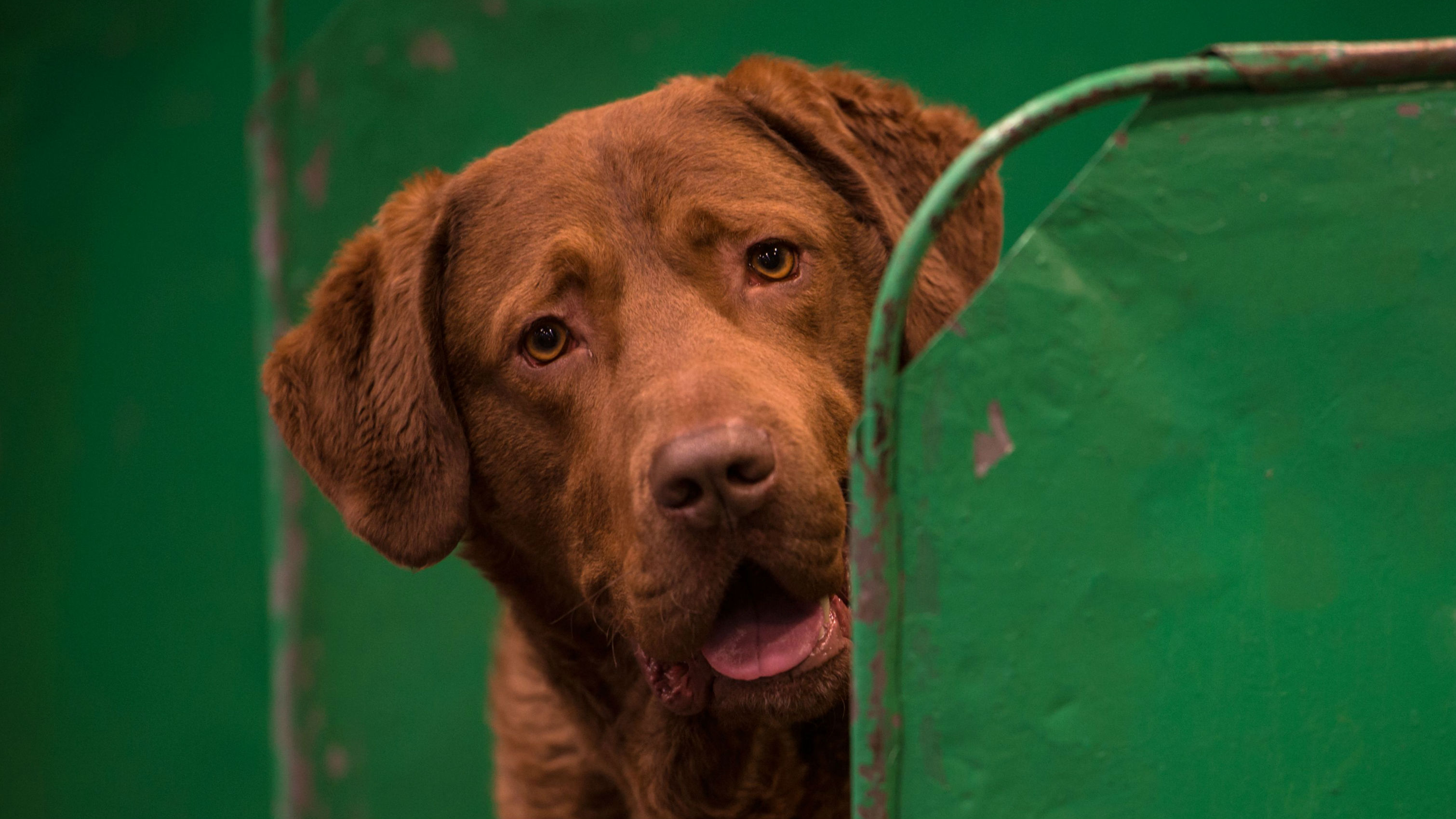
In this series, The Week looks at the ideas and innovations that permanently changed the way we see the world. This week, the spotlight is on selective breeding:
Selective breeding in 60 seconds
Selective breeding is the method of breeding plants or animals with particular genetic characteristics to create offspring with a set of desired traits.
The Week
Escape your echo chamber. Get the facts behind the news, plus analysis from multiple perspectives.

Sign up for The Week's Free Newsletters
From our morning news briefing to a weekly Good News Newsletter, get the best of The Week delivered directly to your inbox.
From our morning news briefing to a weekly Good News Newsletter, get the best of The Week delivered directly to your inbox.
It is also known as artificial selection and has been used by humans for thousands of years to create food crops from wild plants, and to domesticate animals.
It begins with the decision about which characteristics are desired in the offspring. The next stage is choosing the parents that will yield offspring with these characteristics from the general population.
The best offspring – those closest to having the desired traits – are then used to produce the next generation. This process is repeated for multiple generations, until all offspring show the desired characteristics, explains the BBC.
Domesticated animals are typically known as breeds, while domesticated plants are often known as varieties, cultigens, cultivars or breeds.
A free daily email with the biggest news stories of the day – and the best features from TheWeek.com
Dogs are often selectively bred, when parents are selected by a breeder who makes sure the two dogs mate. This is often done to create “purebred” puppies, without a mixture of genes from other breeds of dogs, for multiple generations.
It is also done to create “cross-breed” dogs, such as cockapoos – a mix between a cocker spaniel and a poodle.
How did it develop?
Humans have been selectively breeding animals and plants for thousands of years – certainly before they understood the science behind genetic variation.
Domestication of animals began around 10,000 to 15,000 years ago, when people in central Asia engaged in hunting and gathering wild plants. The domestication of plants began sometime before 9500BC, says Encyclopaedia Britannica.
But it wasn’t until the 18th century that selective breeding of animals became standard scientific practice. English agriculturalist Robert Bakewell is credited with being the first scientific breeder.
Before Bakewell, livestock of both sexes would be kept in the same fields, with random breeding happening as a result.
At his farm in Leicestershire Bakewell separated animals by gender, allowing mating only deliberately. “Furthermore, by inbreeding his livestock he fixed and exaggerated those traits he thought were desirable,” says BBC History.
Plant breeding dates back to the beginning of agriculture, where humans saved seeds from their best performing plants and used them for planting new crops.
The first crops to be deliberately cultivated by humans include emmer wheat, einkorn wheat, peas, lentils, bitter vetch, barley, chickpeas and flax.
“Some grew larger, tasted better or were easier to grind into meal,” says agrochemical firm Monsanto. “They simply began to save seeds from the best plants and sow them for the next year’s harvest.”
Scientific understanding of genetic variation developed a lot later than the practice of selective breeding itself. The theory of evolution by natural selection was developed by Charles Darwin, who coined the terms “selective breeding” and “artificial selection” in his 1859 work On the Origin of Species to illustrate his ideas of natural selection.
“Slow though the process of selection may be,” Darwin wrote, “if feeble man can do much by his powers of artificial selection, I can see no limit to the amount of change, to the beauty and infinite complexity of the co-adaptations between all organic beings, one with another and with their physical conditions of life, which may be effected in the long course of time by nature's power of selection.”
They showed that where competition for food, space or a mate occurs in the wild, the less well-adapted organisms die or fail to reproduce. The organism with better-suited characteristics survived and reproduced, resulting in incremental changes to a population’s traits.
How did it change the world?
Selective breeding played a huge part in the development of humankind, largely because of its influence on agriculture.
Developing knowledge of how to cultivate the land more effectively and grow plants “advanced the development of human society, allowing clans and tribes to stay in one location generation after generation”, with these settled communities gradually evolving into villages, towns and cities, the New World Encyclopaedia says.
The domestication of livestock followed, further helping agricultural techniques to develop.
“The earliest farming tools were hand tools made from stone. People later developed metal farming tools, and eventually used ploughs pulled by domesticated animals to work fields,” says National Geographic.
Improved agricultural productivity freed up workers for employment in other sectors of the economy, yielding industrial advances that led to the growth of cities across the world.
And, of course, selective breeding gave us pet dogs.
-
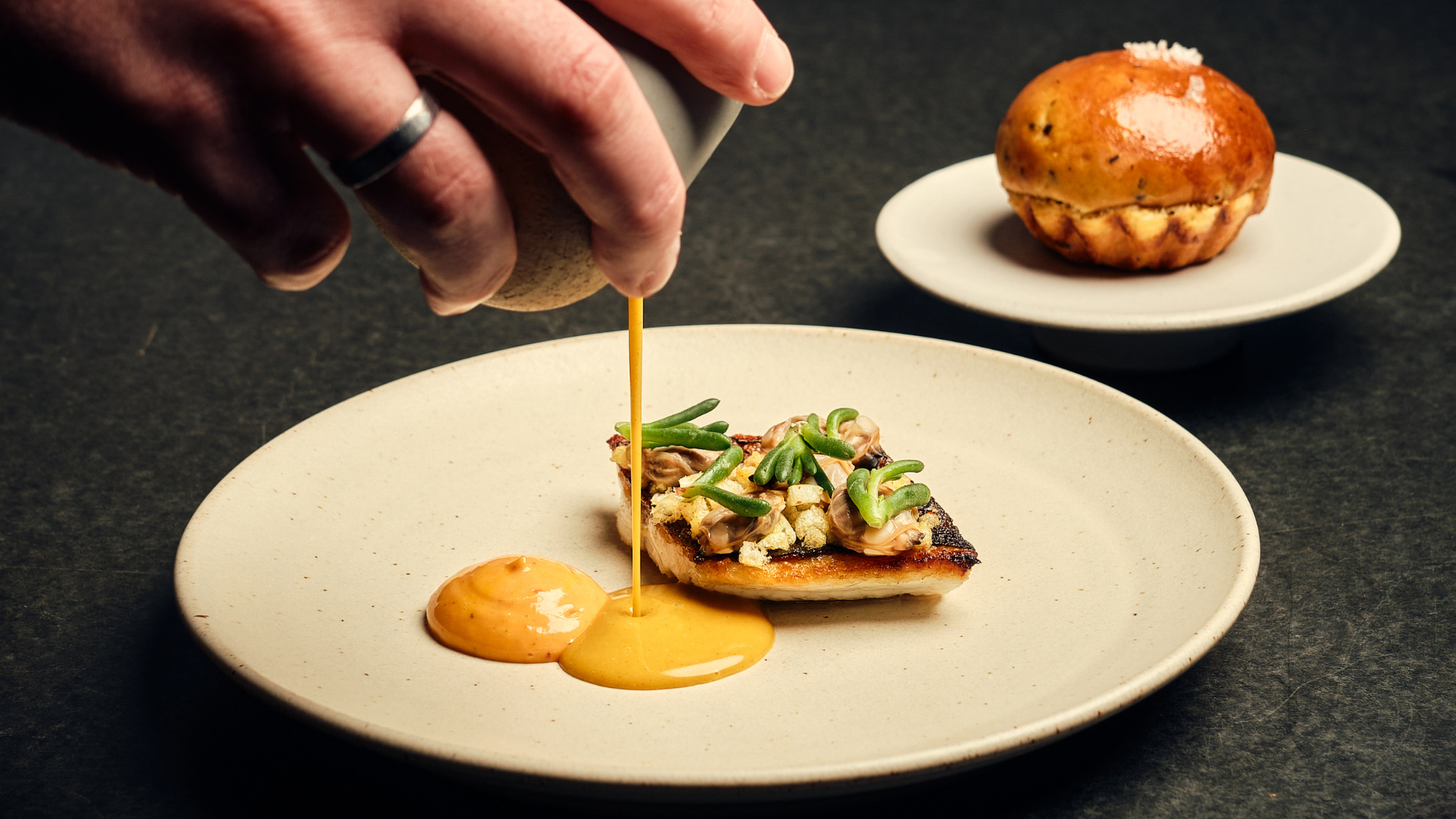 A foodie guide to Edinburgh
A foodie guide to EdinburghThe Week Recommends Go all-out with a Michelin-starred meal or grab a casual bite in the Scottish capital
-
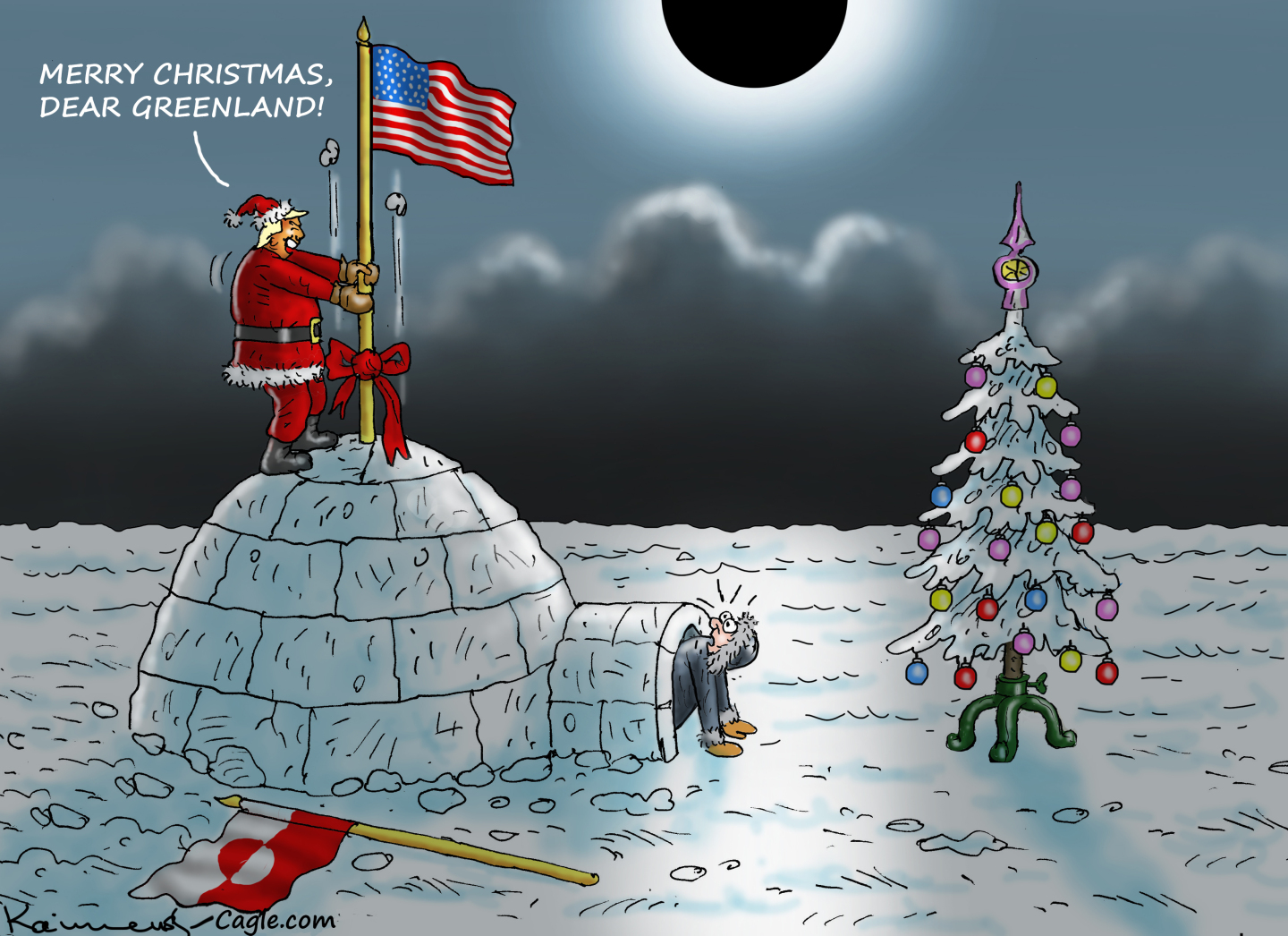 Political cartoons for December 24
Political cartoons for December 24Cartoons Wednesday's political cartoons include Christmas in Greenland, grinchflation, and California floods
-
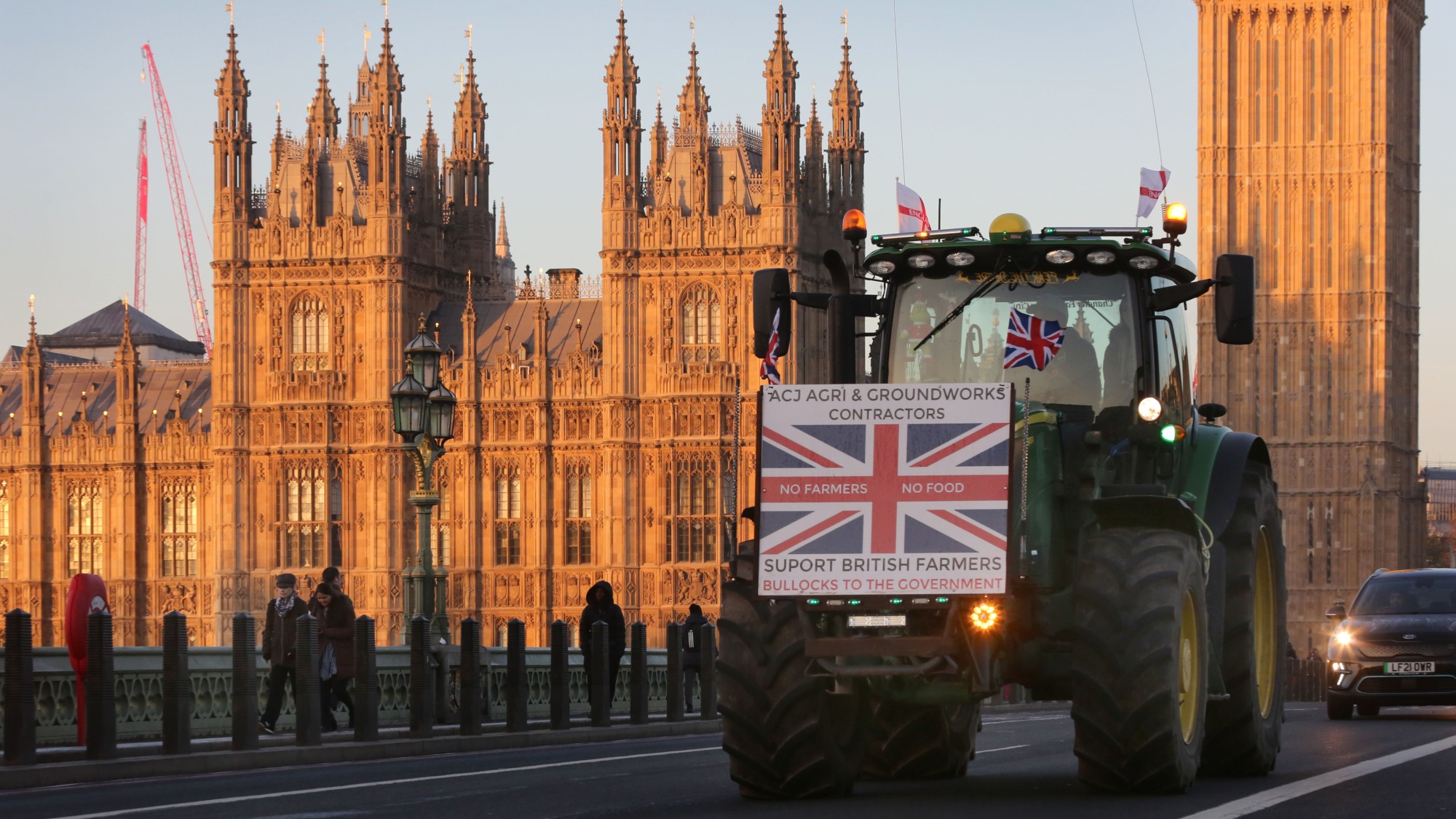 Is there a Christmas truce in the Starmer farmer ding-dong?
Is there a Christmas truce in the Starmer farmer ding-dong?Today’s Big Question There’s an ‘early present’ for farmers but tensions between Labour and rural communities remain
-
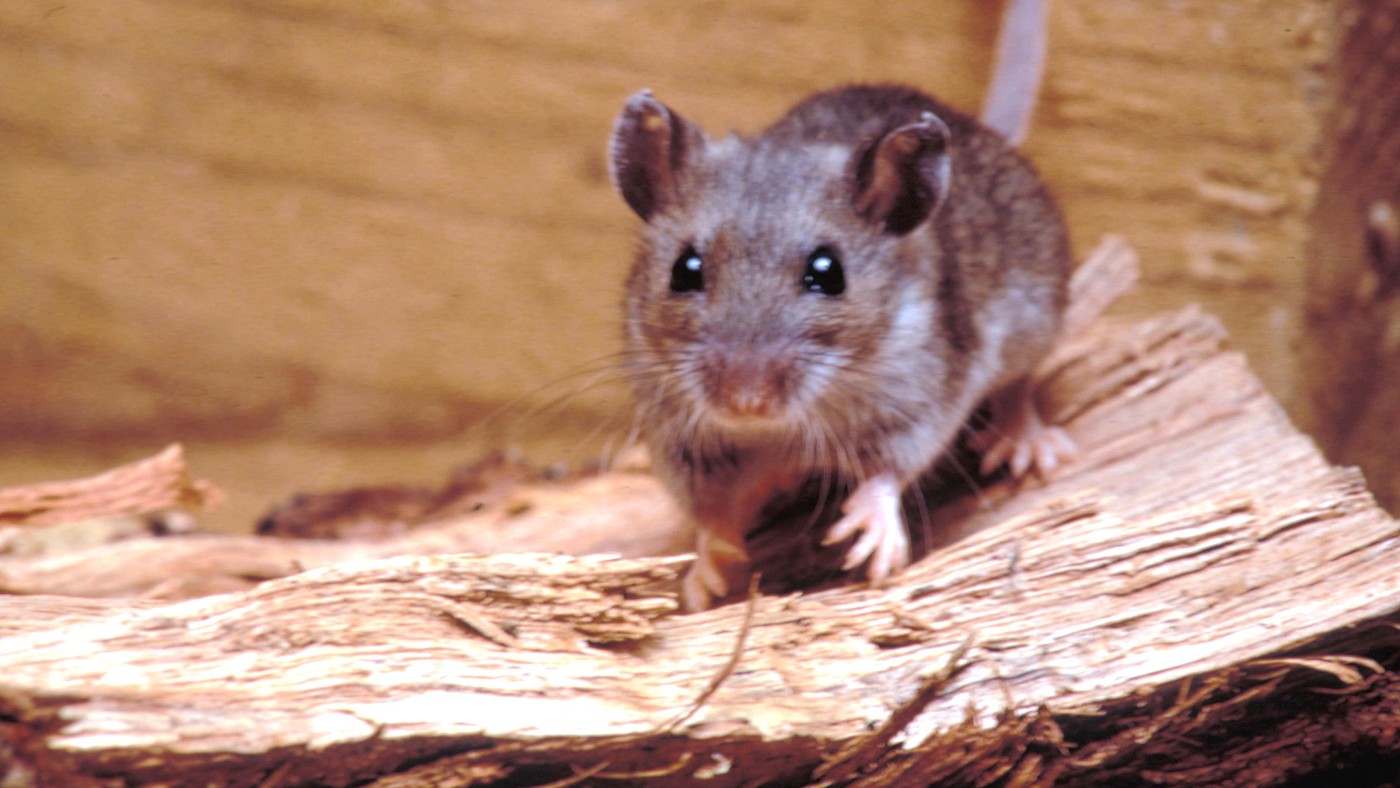 Mouse keeps tidying up man's shed
Mouse keeps tidying up man's shedTall Tales And other stories from the stranger side of life
-
 Mystic's 'terrifying' 2024 predictions
Mystic's 'terrifying' 2024 predictionsTall Tales And other stories from the stranger side of life
-
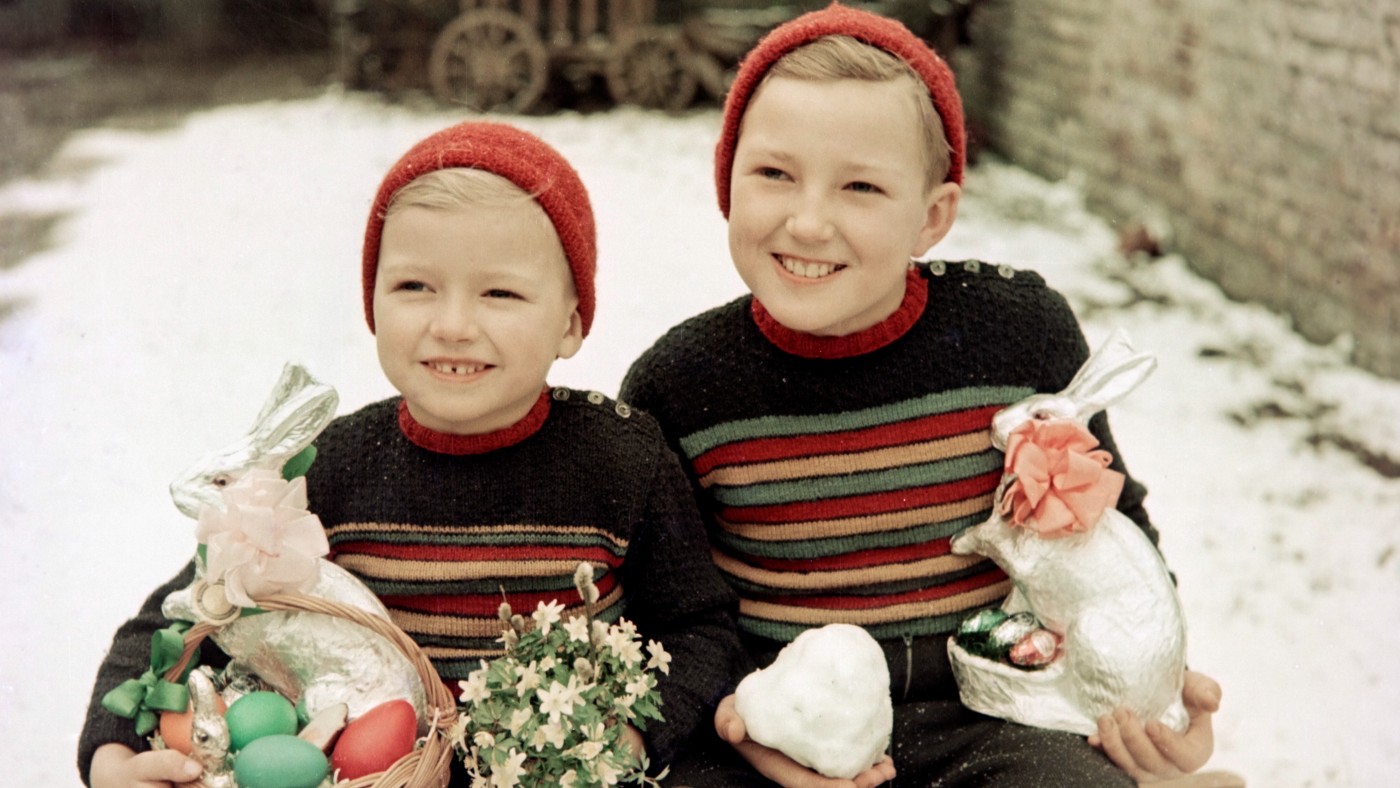 White Easter more likely than a white Christmas
White Easter more likely than a white ChristmasTall Tales And other stories from the stranger side of life
-
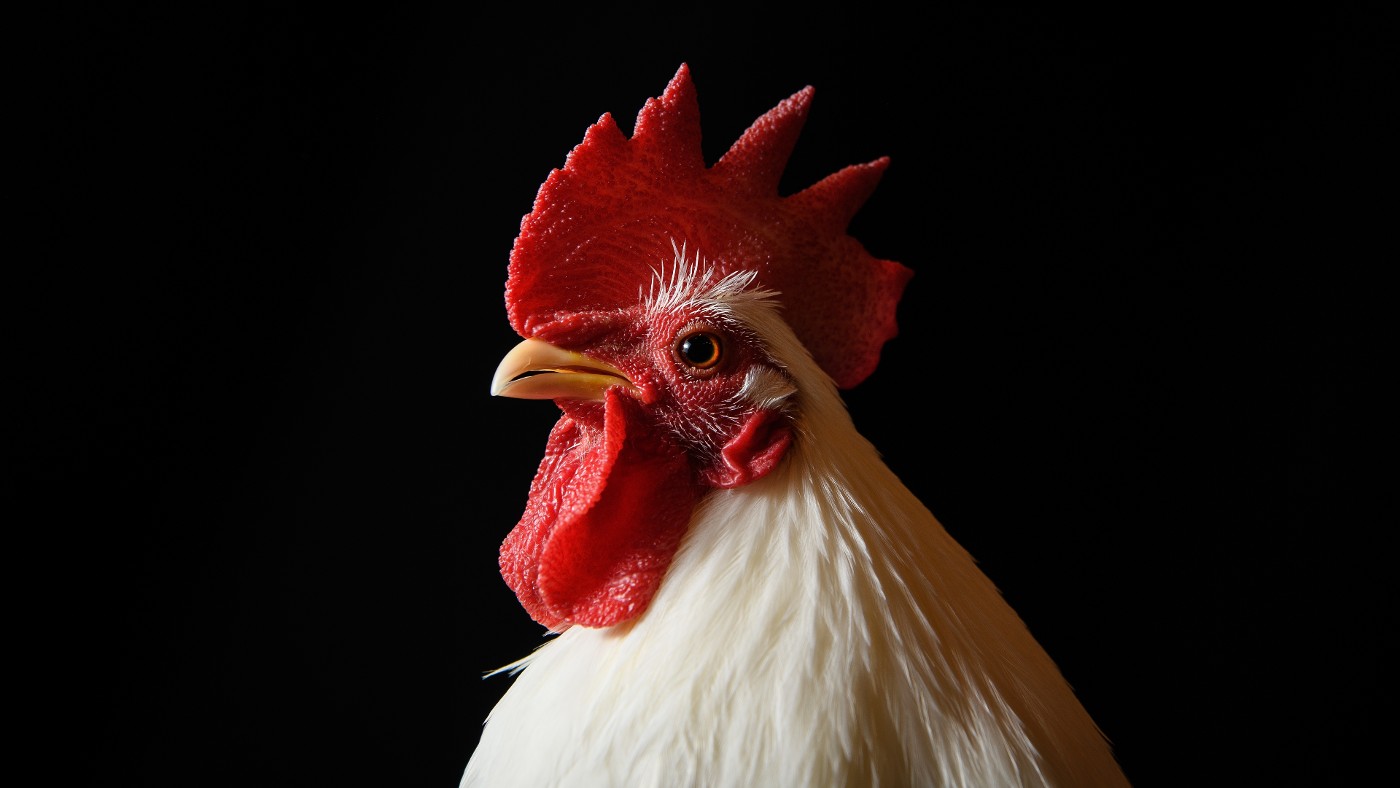 Middle-class chickens pampered at 'hotels'
Middle-class chickens pampered at 'hotels'Tall Tales And other stories from the stranger side of life
-
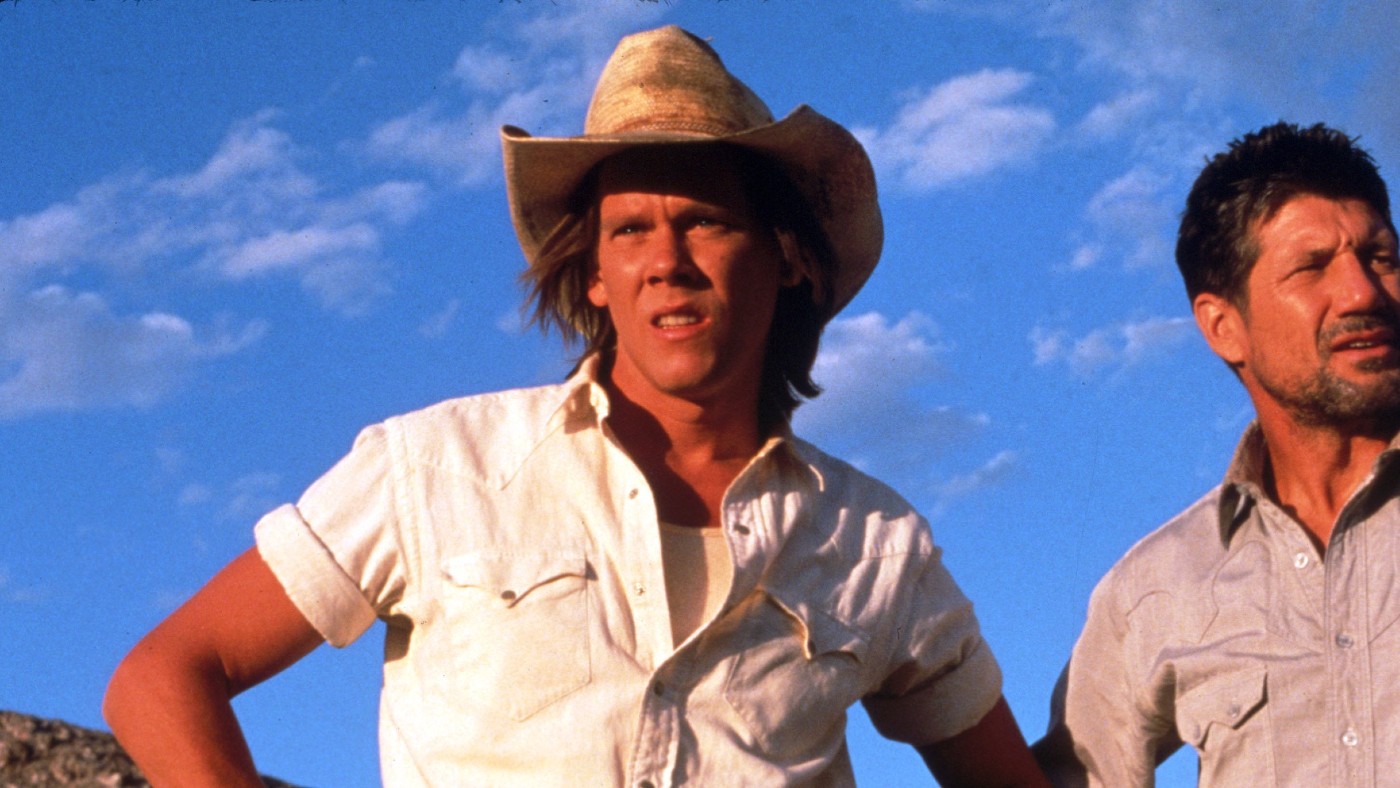 Kevin Bacon the runaway pig finally caught after 18 days
Kevin Bacon the runaway pig finally caught after 18 daysTall Tales And other stories from the stranger side of life
-
 The U.S. veterinarian shortage crisis
The U.S. veterinarian shortage crisisSpeed Read With an anticipated shortage of 15,000 vets by 2030, it will be harder to get care for pets
-
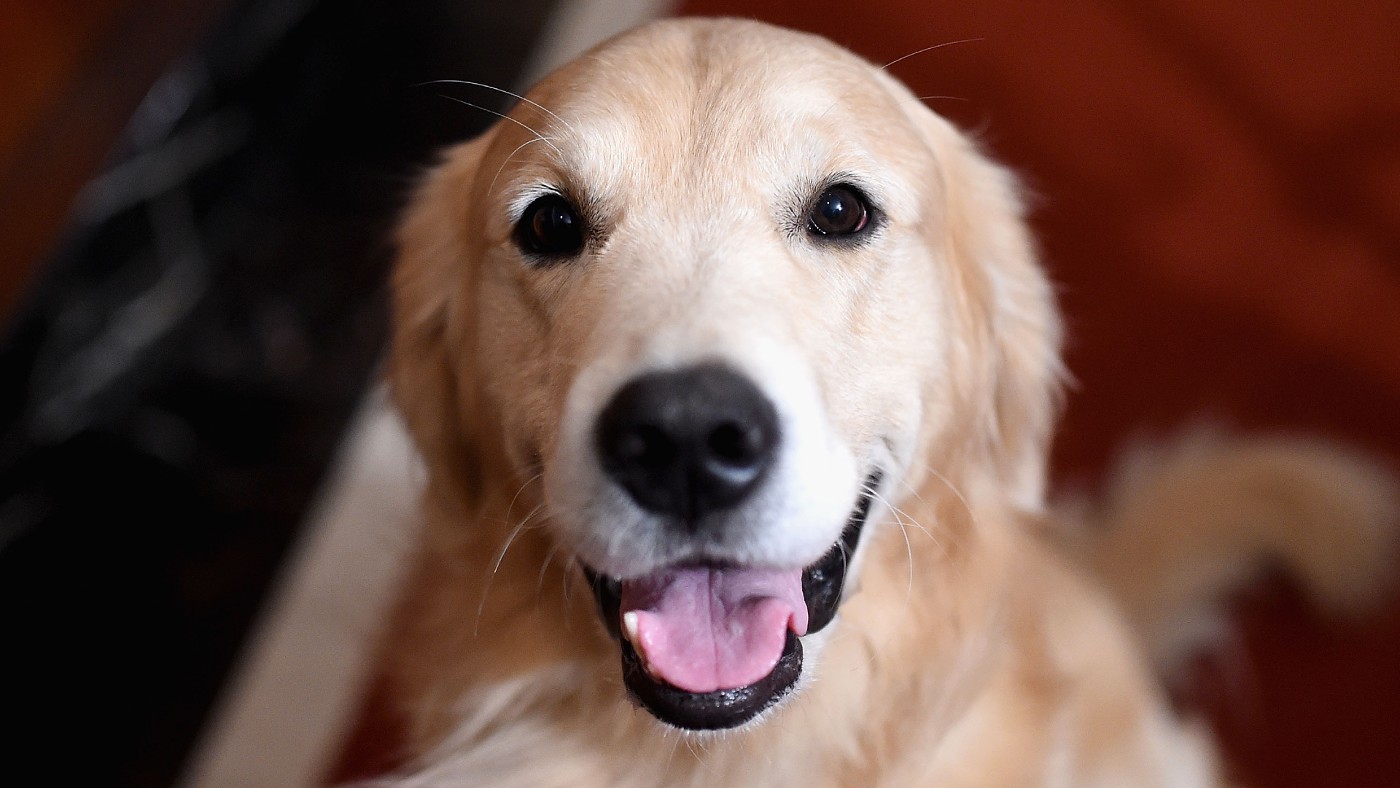 UK smashes golden retriever record
UK smashes golden retriever recordfeature And other stories from the stranger side of life
-
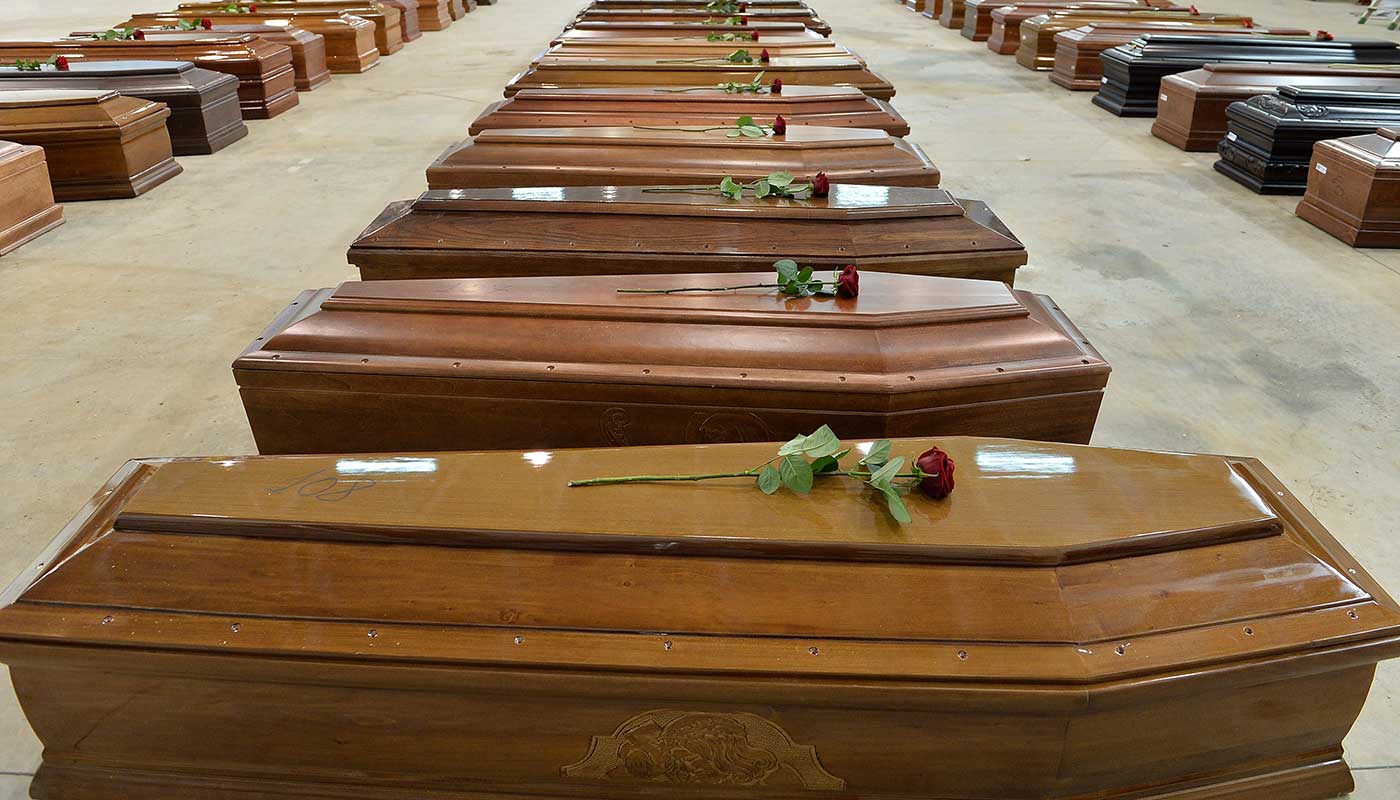 Woman dies days after knocking inside her coffin
Woman dies days after knocking inside her coffinfeature And other stories from the stranger side of life